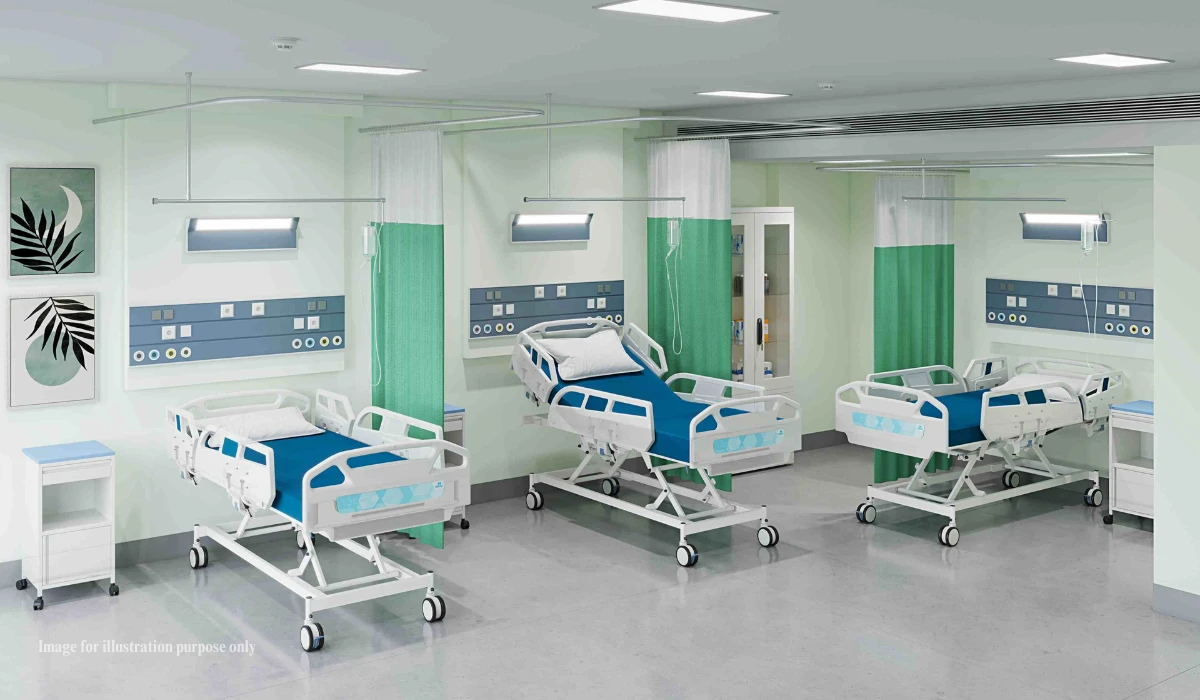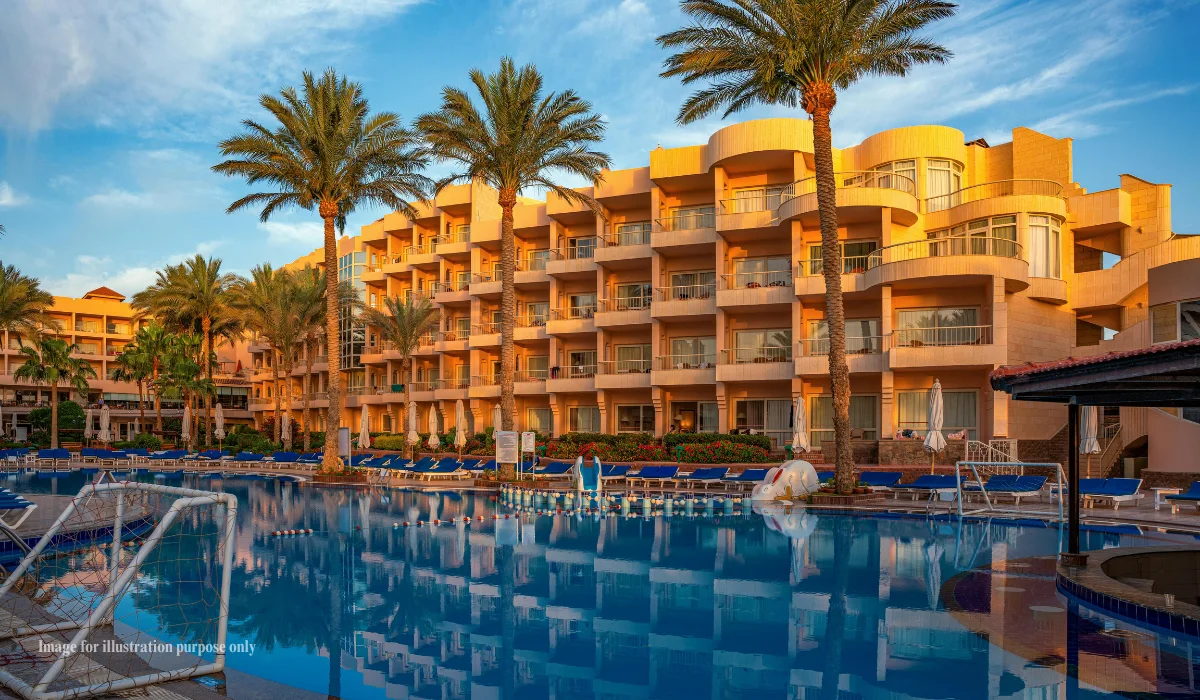As the world’s population becomes well-travelled, they constantly look for better-set benchmarks and memories wherever they go. If one has to talk about the thought behind designing a hotel property, it is needless to say, that hospitality design has evolved organically on a trajectory that is sparked by the consumer’s ever-evolving thirst and hunts for better experiences.
What can hotels offer this consumer? How can they consistently deliver an experience, despite ever-changing trends and times? Design and architecture are the core-shell of this experience.
One must be able to deliver authenticity without compromising on cosmopolitan standards and luxury. It also is important to understand that no hotel property stands alone, independent of its destination.
Giving a local sway to the design aids guests to connect with the heritage, monumental history and the legacy of a state, city or country, delivering much-needed authenticity. A successful hotel property must also be able to act as a springboard to the culture of its location.

The design of branded luxury hotels must maintain a very fine balance between authentic design and the baseline expectations that have today become virtually universal in the luxury market.
Designers, the creators of these structures; take into account a variety of forms & shapes integrating inspirations from palatial architecture, contemporary minimalism, and influences from specific architectural eras. This process sometimes also calls for a consideration of the fusion of both modern and traditional styles.
‘Keep it simple yet ground-breaking’ believes ‘Designers Group’, a global hospitality firm with its head office based out of Mumbai.
They outline concepts that are smart, user-interactive, and stand up to the specifications of the global market. The underlying creative expression of the firm’s style delivers Luxury and Simplicity simultaneously; though diabolically opposite in character, and are made to co-exist harmoniously in all that the firm does! The most remarkable point, however, is the way in which their concepts infuse a sense of warmth with luxury, as well as local nuances in starkly detailed magnificent design marvels. Citing some examples executed by Designers Group below:
The Wow Hotel, Indore displays elements inspired by the national bird of India, the peacock. The concept was devised through research into the culture and condition of the region, which lead to the discovery of the fact that the population of peacocks in the area, which was once in abundance, has been decreasing and diminishing due to real estate development. This was an attempt to revive the existence and legacy of the peacock population in the region. Starting from the artistic glass façade inspired by peacock feathers, accentuated by creative lighting, to the backdrop of the reception area that adorns a 3D wall art inspired by the same theme, every element in the hotel is thought through, from the ground up, following the elegance and poise of a peacock. Vibrant hues of blue and gold, the primary colours of the bird, are paired with muted tones to form colour palettes for all the common areas of the hotel. Intricate metalwork, lighting installations, vibrant furnishings and art pieces further add to the overall cultural vibe of the space.
Surrounded by manicured landscapes and green bliss is a pure reference to a tranquil resort setting. The Radisson blu at Alibaug was assigned to Designers Group as a renovation project. The team decided to integrate the serenity and greenery of Alibaug into the design of the property through earthy tones and an airy layout. Wooden laminates help lend a warm and cosy feeling to the environment while keeping maintenance costs low. The lobby is transformed into a subtle assortment of shades of blue, symbolising coastal waters. A dialogue between the interiors and exteriors is created through water bodies with artefacts and accessories made of blue cotton balls.
Moving beyond tranquillity, the Novotel Resort Goa, inspired by the impressions created by waves and sandy textures, reflects Goa’s beaches. This is highlighted through the overall interior envelope and beige flooring in a dune-like a pattern. A Local flavour is added to the lobby with the help of a colourful fabric shade over the bar counter and light fixtures with waterfall designs. Design elements with Portuguese influences add to the Goan charm of the property.

Embroidery and authenticity take up the next core concept for Vivanta by Taj, Lucknow where Chikankari, a traditional embroidery style and prestigious trinket of Lucknow is reflected through elements such as digital wallpapers, introduced as headboards in the rooms. The overall architecture is a unique blend of Indo-gothic style assimilating Islamic arches.
The design language of the Four Points by Sheraton located in Lucknow as well is acquired from the arches of mazes in Bara Imambara, a renowned heritage mosque in Lucknow. Arches are integrated into the interior language as a reproduction of heritage architecture in a contemporary style. Islamic design concepts, glass and filigree work are other local elements of inspiration, from UP and Farizabad that are subtly but aesthetically integrated into the blueprint.
Heritage forming the focus, the Four Points by Sheraton located in Bangalore takes inspiration from the architecture of Hubli, a world heritage site.
From plain rudimentary structures, hospitality architecture has now grown into sumptuous envelopes of experiences crafted for the consumer, be it for leisure or business travel.
The ultimate notion for hospitality designers today must be to carve out a niche establishing a glocal brand value and yet celebrating the uniqueness and beauty of the country, aiding tourism in the future. Designers Group aims to use design as a tool, where fit, to narrate India’s heritage to the world.
Discover more from Biltrax Media, A Biltrax Group venture
Subscribe to get the latest posts sent to your email.






















